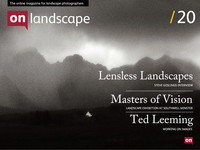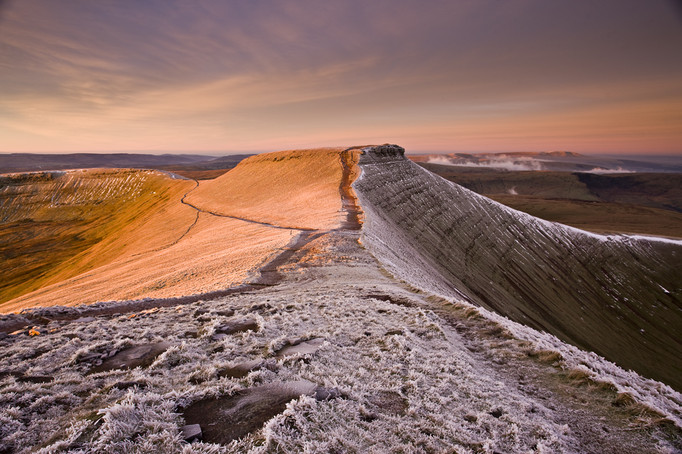From film to digital post-production

Ted Leeming
From traditional landscape and the impressionist, to more recent explorations of land use, climate and biodiversity, my work centres around an evolving consideration of place that forms the ‘Zero Footprint’, low carbon concept I share with my wife and fellow photographer, Morag Paterson. More recent works include the collaborative Energise, Fantastic Forest Festival and Artful Migration residencies, Where the Wild Things Are, and an immersive ‘Commute’ - by ebike - from Scotland to Italy. Find out more about our work please visit our blog, “Wanderings of a Photographic Duo”
Back in the late 1980’s my darkroom (and bedroom, though that is incidental to this tale) was a windowless coal bunker in Catford you had to crawl on all fours underneath the floorboards of the sitting room above to reach. It smelt of its past and I remember the odour of stale coal to this day. But hour upon hour would pass down there without a care in the world as I went in search of that eureka moment when all the burning and dodging would come together as that elusive final print.
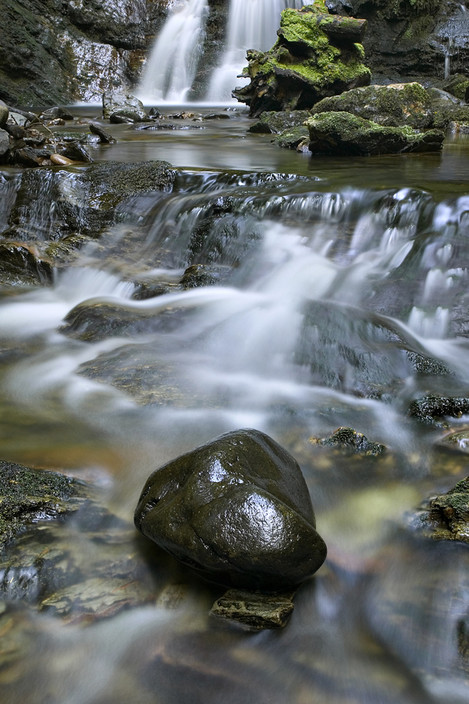
Slowly I began to unravel a few of the necessary skills of the black and white darkroom. But just as my tan slowly faded and the smell of chemicals became my deodorant I began to suspect that to be a true “wet” darkroom specialist, particularly if delving into colour processing, was a calling in its own right and I had to decide if I wanted to take this route or concentrate on my journey as photographer.
As a result, I placed my faith for my colour work in the hands a character I called “Gollum”, a reclusive genius who inhabited a windowless basement off the Tottenham Court Road in London. He was the only darkroom technician I ever found that ever truly seemed to “see” as I did and know exactly what it was I was trying to create in my images. With minimal discussion, he could review a transparency and add the finishing element to my images that I could never achieve. The image would come alive after he had practised his art.
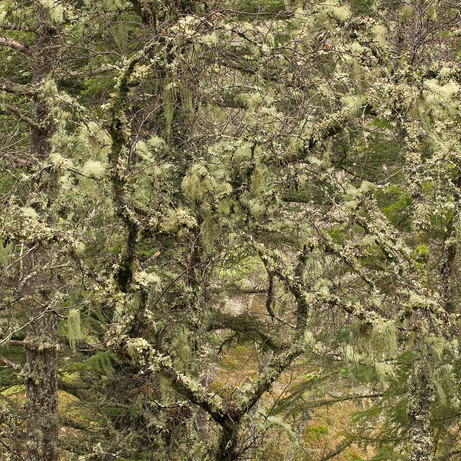 A film imparts its character and personality to the final print as soon as it is chosen but once applied there is no going back. Having made the choice of filmstock I would have already predetermined the look of my final images. I would then filter and expose appropriately with an understanding of the impact this would have on the celluloid before handing over to Gollum who, with a set of development instructions, would then add the appropriate under and over exposure to the original film, burn, dodge, apply his magic dust and print on an agreed paper before arriving at the final image. What the magic dust was I never truly knew, but when Gollum decided to give up his underworld kingdom I was left in a very difficult situation as I simply could not find a replacement.
A film imparts its character and personality to the final print as soon as it is chosen but once applied there is no going back. Having made the choice of filmstock I would have already predetermined the look of my final images. I would then filter and expose appropriately with an understanding of the impact this would have on the celluloid before handing over to Gollum who, with a set of development instructions, would then add the appropriate under and over exposure to the original film, burn, dodge, apply his magic dust and print on an agreed paper before arriving at the final image. What the magic dust was I never truly knew, but when Gollum decided to give up his underworld kingdom I was left in a very difficult situation as I simply could not find a replacement.
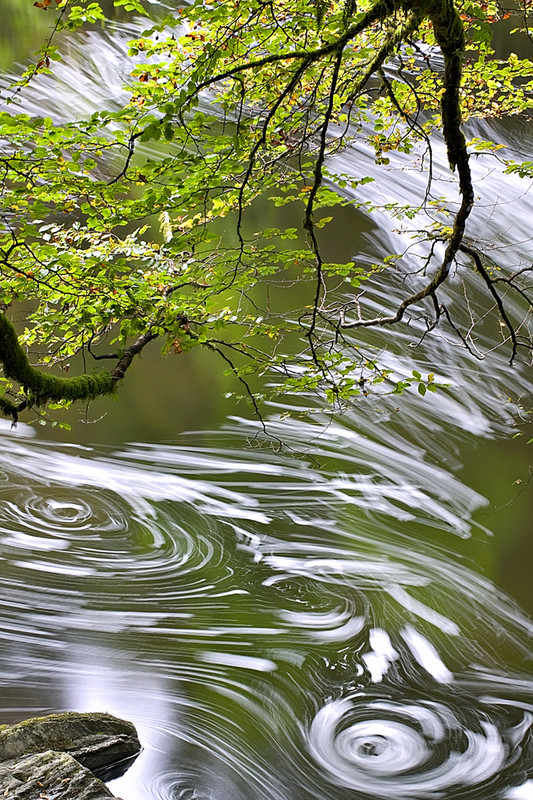 With the arrival of digital (at an acceptable quality and price point) and the ability to manipulate the captured frame myself, I realised I had potentially resolved this ongoing problem. Everything had suddenly changed. I began to realise I now had the ability to choose the final “look” for my image on a print by print basis once I had returned home. I could manipulate my digital negative in post production to create the inherent feel of a particular filmstock and finish, depending on the chemical, exposure and paper cauldron that the film and paper had been dipped into. Whilst the nuances of a specific filmstock can never truly be recreated in the digital darkroom (not by me anyway) I could reflect a traditional style or even create my own - and in addition have far more flexibility throughout the process than ever before.
With the arrival of digital (at an acceptable quality and price point) and the ability to manipulate the captured frame myself, I realised I had potentially resolved this ongoing problem. Everything had suddenly changed. I began to realise I now had the ability to choose the final “look” for my image on a print by print basis once I had returned home. I could manipulate my digital negative in post production to create the inherent feel of a particular filmstock and finish, depending on the chemical, exposure and paper cauldron that the film and paper had been dipped into. Whilst the nuances of a specific filmstock can never truly be recreated in the digital darkroom (not by me anyway) I could reflect a traditional style or even create my own - and in addition have far more flexibility throughout the process than ever before.
I also became aware that not only could I affect the overall look of the image but I was finally in control of the entire workflow for my work without having to live underground for half my life. Every localised burn and dodge, contrast adjustment, crop or colour correction was mine. It was now entirely up to me to make adjustments to my negative, right up until the final print was made. Indeed I could even correct errors post printing without having to remember and apply a series of approximations again to a second print to arrive at my final vision. I was suddenly free of the fixed paramenter of filmstock or the vagueness of the wet darkroom.
With this growing understanding of what is an entirely different post production technique (I fear I am woefully inadequate in this department compared to others who will read this) I have found, conversely, the way I “see” and operate in the field is also changing. This is an interesting and relatively recent phenomenon that is having a growing impact on my work. As a result I am now working on an increasing number of different portfolios that, as conditions in the field allow, enable me to shoot to the requirements of a specific body of work. If the light or mood in the field changes (not exactly an unusual dynamic here in Scotland!) so can I adapt and even change my shooting method to suit an alternative portfolio. This freedom and approach may not be to everyone’s taste but I find it can be very useful and at a personal level satisfies my eclectic creative bent.
Having become a proponent of digital post production I still, however, try to create the image as far as possible in the field. For me, it is still about the art of photography rather than being a mouse master. I still use ND grads and a polariser (occasionally) for example, and my camera is set up as if a clockwork Nikon FM2 rather than a sophisticated digital tool. I have even been told by more than one large format photographer that I am “rather slow” in the field, which I think was a compliment! At the end of the day though, this is where I want to be and is currently the way I want to be shooting.
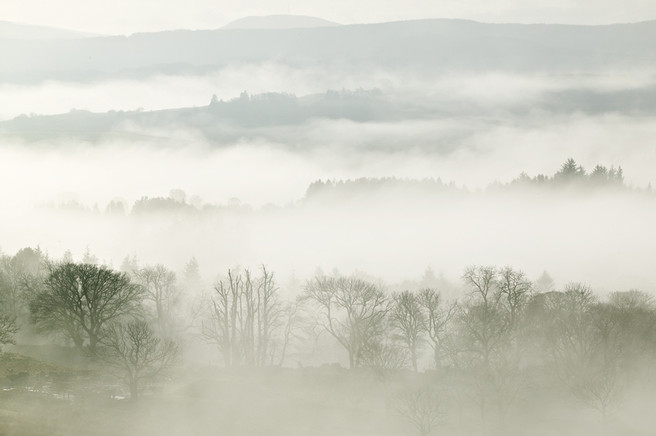 As such I do not consider myself a “Photoshopaholic” and it is digital enhancement that I seek when I sit at the keyboard, rather than manipulation, to achieve the desired affect. I see this as little different from choosing what film/filter/exposure/paper combination I would have chosen had I been shooting with film. I normally follow a recognised workflow and make similar adjustments to an image when I first return from the field, then look at the detail of each image to enhance or subdue areas as I feel appropriate. I then leave the image on the computer screen for up to a month, returning to it frequently to make subtle changes to compensate for any over-adjustments which I find can easily happen in a single sitting. Time allows me to retrace my steps and to compensate for over-exuberance until the image finally feels complete.
As such I do not consider myself a “Photoshopaholic” and it is digital enhancement that I seek when I sit at the keyboard, rather than manipulation, to achieve the desired affect. I see this as little different from choosing what film/filter/exposure/paper combination I would have chosen had I been shooting with film. I normally follow a recognised workflow and make similar adjustments to an image when I first return from the field, then look at the detail of each image to enhance or subdue areas as I feel appropriate. I then leave the image on the computer screen for up to a month, returning to it frequently to make subtle changes to compensate for any over-adjustments which I find can easily happen in a single sitting. Time allows me to retrace my steps and to compensate for over-exuberance until the image finally feels complete.
I feel very lucky to have had the “film” experience as this entire way of working still impacts how I work and as time goes by I fear this art will eventually be lost. I still find myself thinking back to the days when I had to decide what film to take out and to thoughts of my darkroom, cupping and gently moving my hands like shadow puppets, introducing a filter and re-exposing to increase the contrast over a small portion of the image. You just can’t recreate that magic with a mouse.
But do I really miss it? Well, put it this way, whilst I reflect nostalgically over Gollum and coal filled nostrils and still have creative avenues the idealist in me would (and may one day) dearly like to explore, I haven’t actually got round to setting up all that dusty kit for many, many years.

